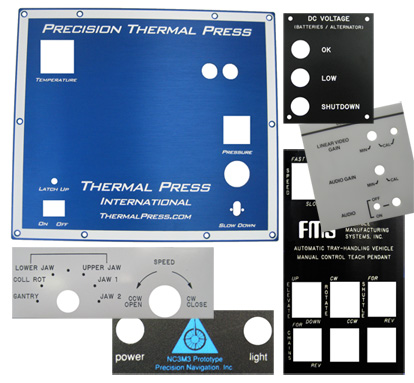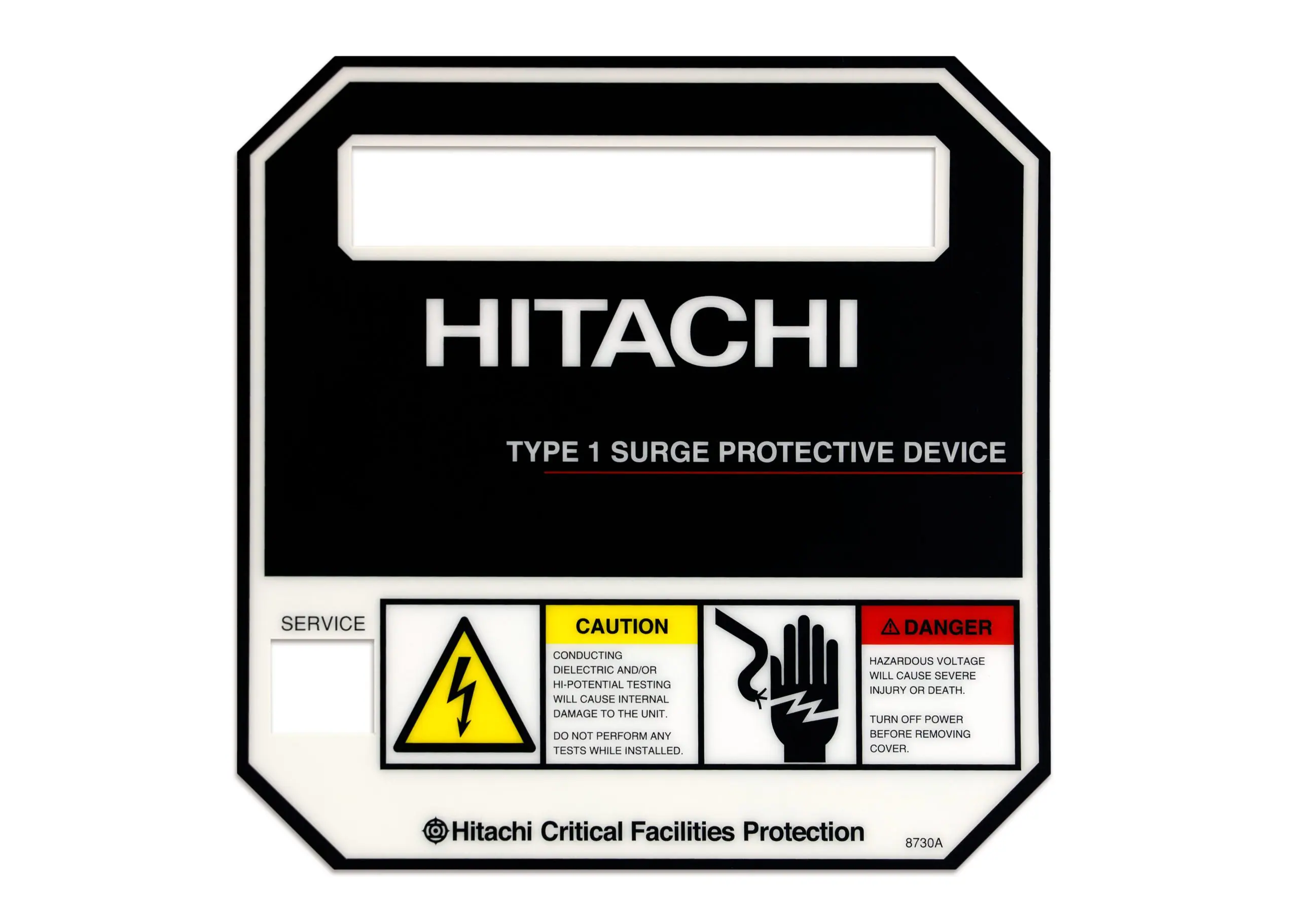The Duty of Graphic Overlays and Panels in Enhancing Customer Experience
Graphic overlays and panels serve as crucial elements in electronic user interfaces, substantially affecting user experience with their capacity to enhance navigation and supply contextual details. Understanding the nuances behind their layout and execution raises essential inquiries concerning their efficacy and potential restrictions, inevitably forming how we perceive user experience in a digital landscape.
Meaning of Graphic Overlays
Graphic overlays offer as crucial components in the realm of user experience style, improving the communication in between individuals and electronic user interfaces. These visual components are laid over on existing web content to provide extra info, promote navigation, or enhance visual allure. Typically, visuals overlays can consist of text, icons, switches, and aesthetic signs, all of which play vital functions in assisting individual habits.
The main function of graphic overlays is to develop interactive layers that boost use without frustrating the individual. By providing relevant information contextually, overlays can streamline the customer trip, making it much easier to gain access to tools or features without browsing far from the main material. They typically utilize transparency and layering strategies to preserve the visibility of underlying elements while making certain that the overlay material stays prominent.
In addition, visuals overlays can be dynamic, reacting to individual actions such as hovers or clicks, which boosts interaction. They are generally used in applications, internet sites, and different electronic media to offer feedback, tutorials, or alerts. In recap, graphic overlays are important in enhancing user experience, mixing capability with aesthetic layout to create instinctive, interactive atmospheres.
Relevance of Visual Pecking Order
Aesthetic pecking order plays a substantial role in leading user focus and facilitating efficient interaction within visuals overlays and panels. By arranging aspects in a way that reflects their relative significance, designers can route users seamlessly through web content, making certain that important info is readily accessible.
The establishment of visual hierarchy is attained through different design methods, such as dimension, color, comparison, and spatial arrangement. Larger aspects naturally stand out, while contrasting colors can highlight certain areas, making them attract attention. Grouping associated things with each other with distance boosts cognitive processing, enabling customers to swiftly comprehend the info presented.
Incorporating a clear visual pecking order not just improves navigation however likewise boosts the general individual experience. Individuals can effectively scan and analyze web content, lowering cognitive lots and minimizing prospective irritation. This organized approach help in establishing a sensible flow, assisting users from key activities to secondary choices without overwhelming them.
Inevitably, a well-defined aesthetic hierarchy is essential for creating intuitive user interfaces within graphic overlays and panels. It cultivates a more appealing and user-centric experience, making certain that the layout properly connects its designated message while fulfilling individual demands.
Enhancing Readability and Ease Of Access
To improve readability and accessibility in graphic overlays and panels, designers have to prioritize readability and easy to use formats (Graphic Overlay and Panels). Secret elements include typeface dimension, comparison, and choice, all of which substantially impact just how conveniently customers can comprehend details. Sans-serif font styles are usually favored for electronic interfaces as blog a result of their tidy lines, contributing to far better clarity on screens

Furthermore, organizing content through clear headings, subheadings, and bullet points can enhance the user's ability to scan information rapidly. This structured method enables users to digest content more efficiently, improving total customer experience.
Including different message for pictures and thinking about screen reader compatibility are vital for accessibility. By addressing these elements, visuals overlays and panels can accommodate a diverse audience, making certain that all users, no matter their capacities, can access and involve with the info offered properly.
Interactive Attributes and Interaction
Incorporating interactive features right into graphic overlays and panels can significantly boost individual interaction and experience. By allowing individuals to communicate with visual aspects, designers can develop a much more immersive environment that motivates exploration and individual connection. Attributes such as sliders, clickable buttons, and computer animated icons can transform fixed information right into dynamic web content, enabling customers to control information and get prompt comments.
Moreover, interactive overlays can assist users with complex info, simplifying navigating and increasing retention. For example, tooltips and pop-up food selections can offer contextual aid, guaranteeing customers have the required details at their fingertips without overwhelming them. This customized approach assists satisfy diverse individual demands and preferences.
Integrating gamification components, such as progress bars and benefits for communication, can better incentivize user interaction. By making the experience delightful and rewarding, customers are more likely to invest effort and time right into the user interface.
Ultimately, the integration of interactive functions in visuals overlays and panels not just boosts visual allure yet also fosters a deeper connection between the individual and the material, causing boosted satisfaction and usability.
Case Studies and Instances
As developers seek to create interesting individual experiences, analyzing case researches and real-world examples becomes essential for recognizing the performance of graphic overlays and panels. A leading economic organization utilized visuals overlays to enhance transaction procedures, resulting in a 30% boost in user contentment.
An additional engaging example is found in the gaming industry, where overlays enhance immersion. A popular gaming platform incorporated vibrant visuals overlays to present in-game data and gamer performance metrics, substantially enhancing individual interaction - Graphic Overlay and Panels. Players reported feeling a lot more linked to the gameplay, with a 25% boost in session duration observed
Additionally, e-commerce internet sites have actually leveraged visuals panels to showcase promotions and click here for more product details successfully. A distinguished online merchant introduced an overlay panel that highlighted limited-time offers, causing a 40% increase in conversion rates.
These case researches show that when thoughtfully designed, visuals overlays and panels not just enhance user experience yet likewise drive measurable organization end results, verifying their value throughout different sectors. (Graphic Overlay and Panels)
Verdict
To conclude, graphic overlays and panels dramatically enhance user experience by offering intuitive navigating and context within electronic interfaces. Their tactical layout, notified by principles of aesthetic hierarchy, makes certain sites that crucial information is stressed while preserving accessibility and readability. Interactive functions foster user interaction, resulting in much deeper connections with the material. Ultimately, the thoughtful application of these elements causes raised individual satisfaction and enhanced total usability in electronic settings.
